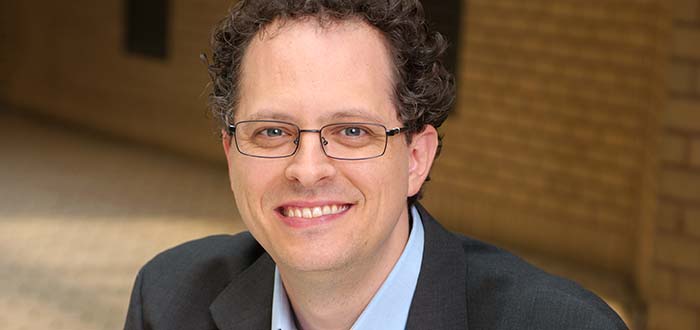John Pfaff was quoted in a Quartz article about U.S prison reform.
John Pfaff, a professor at Fordham University School of Law who researches prisons and sentencing law, told Quartz that if all non-violent offenders, drug and otherwise, were released from state prisons the prison population would be cut in half. But even such a large reduction would leave about 800,000 people in prison—2.5 times the number incarcerated in the US in 1970.
Pfaff added that the division of inmates into non-violent and violent is itself confusing and misleading. “Not all violent offenders are really all that violent, and not all non-violent are necessarily non-violent; it’s tricky to figure out who is who,” he said.
For example, Pfaff said, in New York state, burglars who break into a house when no one is home are still considered violent offenders. On the other hand, when Pfaff examined records of non-violent drug offenders, he found that many had a record of violent crimes from the past, or had physically harmed someone during the commission of their crimes.Focusing on non-violent crime, then, is actually a somewhat arbitrary way to separate the incarcerated into good prisoners and bad prisoners—and to avoid dealing with the most pernicious ideology behind the incarceration binge.
“As long as we focus on non-violent people in prison,” Pfaff told Quartz, “it has the collateral consequence of suggesting we should just give up on the violent people, and that the violent people deserve whatever we do. And I’m not sure that’s entirely the right way to think about it. Violent people change, violent people age out of crime.”

